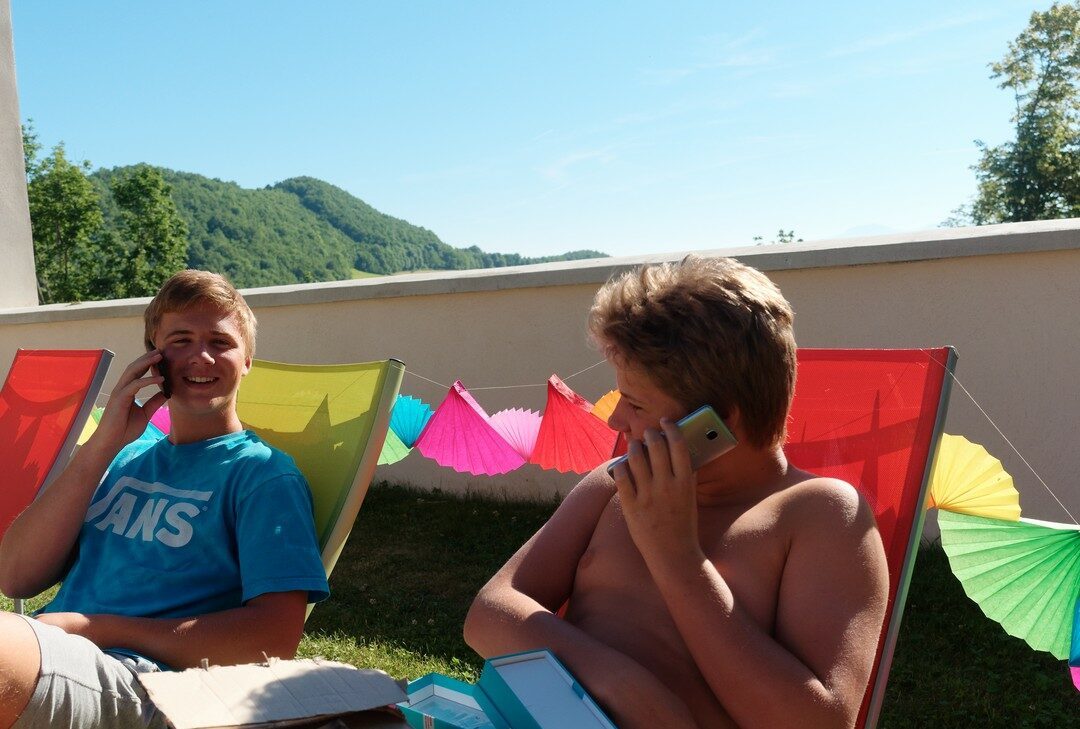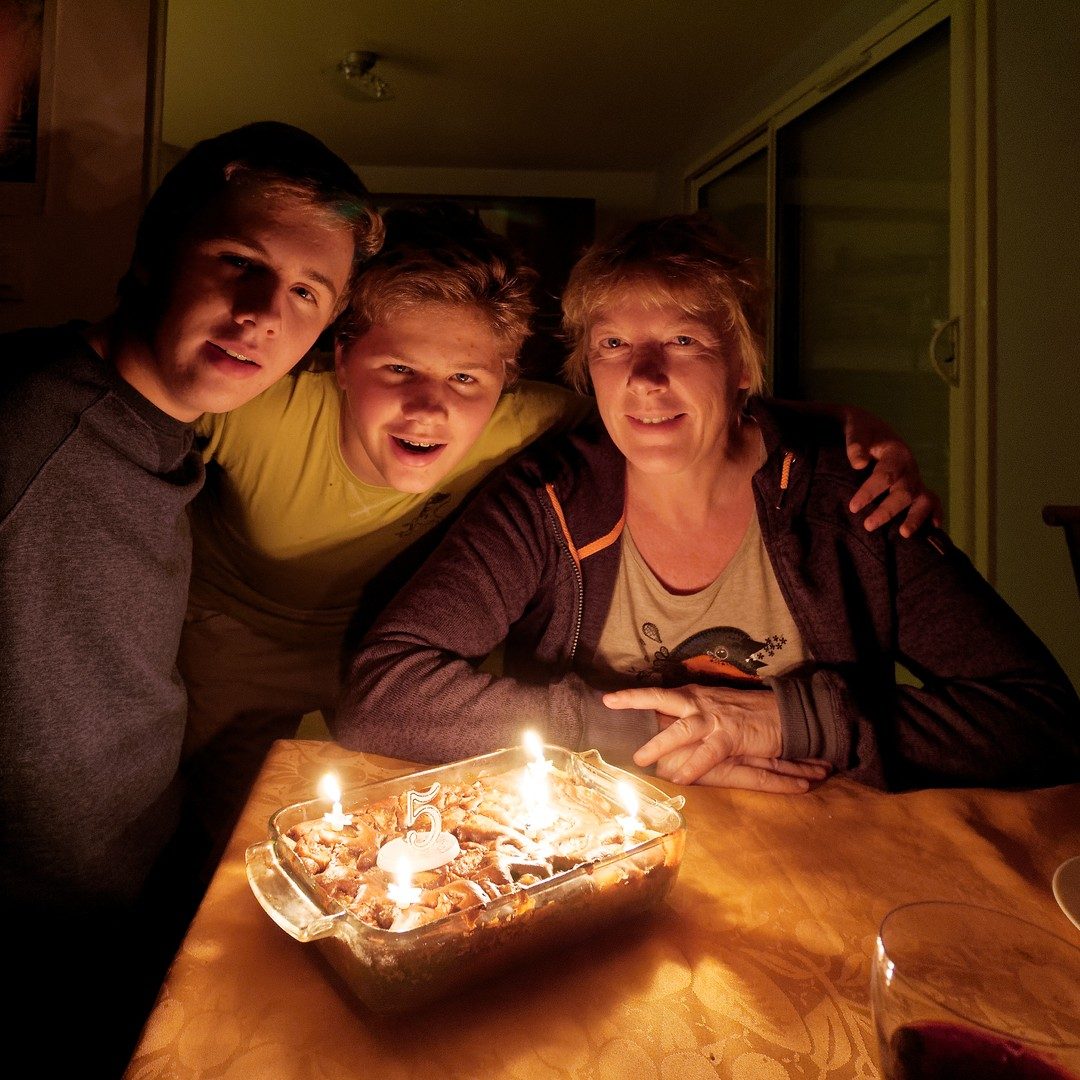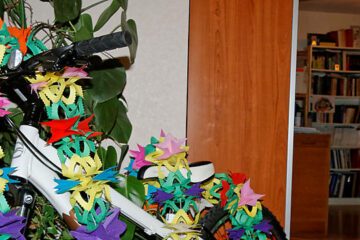To follow this tutorial in parallel on the PhotoLab software, you need to have a photo to process.
PhotoLab opens in the “Photo Library” tab, the Source Browser presents the folders of the computer.
Choose a photo in the Image Browser and open it in “Customize” mode.
Each software has its own approach. DxO PhotoLab is based on automatisms proposing an optimized photo as soon as it is opened, before any intervention from the user. PhotoLab groups the functions by families of operations in palettes; Light, Color, Detail and Geometry.
– To see all these palettes, activate the menu Workspace / DxO Advanced
The “Basic Tools” palette duplicates the most useful functions from the specialized palettes. Consider this palette as presenting the canvas of the fundamental settings to be applied. The most efficient way to process your photos with PhotoLab is to go down the functions in the order they are offered.
– To see this palette, activate the Workspace / DxO Standard menu.
We will remain in this display mode.
White Balance
Our vision is the result of the joint work of the eye and the brain. The perception of colors is mainly the domain of the second. It defines the white in relation to a reference frame established by its experience.
At first glance, any sheet of paper is white. It is with observation that one realizes that it is sometimes yellowed. In the same way, under a colored light, it always appears white in our consciousness, even if its representation is obviously not white.
It has been established that the light that allows us to appreciate pure white radiates at 5400° Kelvin (K) under a blue summer sky and 6500K under a cloudy sky. Depending on the latitude and time of day, the color temperature of natural light (daylight) varies. Cloud cover is another important variable.
This reference characterizes the proportion of blue, which is perceived as a cold color, in the light.
If the color is scientifically defined, its perception is subjective. The coloring of the lighting provides a dominant that should sometimes be blurred to satisfy the comfort of our brain before the image. The task of the white balance is to assign a color temperature to the illuminant of the scene.
The value displayed by the software at the opening of the photo is indicative, it was determined by the camera during the shooting.
The white balance is a preliminary adjustment because it conditions the others, the corrections to come on the colors of course, but also the perceived contrast.
The camera and the software cannot always judge the environment of the scene well. It is by using their visual memory that photographers establish the right value. The goal is not necessarily to restore the true colors. On the contrary, it is necessary to leave in the image the blue light of the morning as well as the warm atmosphere of the scene which motivated the triggering. It may be necessary to neutralize the colored reverberation of a painted wall or a colored panel, e.g. a parasol cloth.
Finally, electric lamps also have various color temperatures. PhotoLab offers a list of different lamp technologies.

Concretely, when opening the photo in the software, the image appears:
Too yellow; the blues are dull, on the other hand the reds are warm which is usually pleasant.
– Decrease the value (expressed in Kelvin) to match the temperature of the lighting. Move the slider to the left
Too blue under a summer sky; the image looks cold.
– Increase the value by moving the slider to the right
You can help yourself with the predefined settings: “Daylight”, “Cloudy” and “Shadow”. The values proposed by PhotoLab are adapted to the characteristics of the camera and are therefore variables.
The ideal white balance reference point is 18% gray card that we take a picture of at the beginning of the shoot. In its absence, PhotoLab offers a eyedropper to designate the reference pixels considered as white. In fact, any gray does the trick, but beware, objects are often slightly colored. It is the shaded areas, those not exposed to direct lighting, that offer the most neutral areas.
For a portrait we prefer to take the white of the eyes as a reference because it is more evenly white than that of the teeth.
Be careful to ignore the white pixels clipped (see histogram chapter), they contain no indication of color.
The method is to walk this eyedropper through the image and note the different proposals.
Once the temperature of the lighting is set, there may still be a drift towards green or magenta that needs to be corrected. The proposed indication for “original” has been defined by the camera. PhotoLab cannot provide any help.
See the tutorial “Efficiency with PhotoLab – White Balance” for additional information
The Exposure Compensation
This is the brightness adjustment. The exposure set by the camera is often an average, or it has been shifted to the detriment of the image’s ambiance (expose to the right – ETTR). It is up to the user to indicate to the software the desired light tone by repositioning it if necessary.
The adjustment consists in shifting the whole luminosity of the image in a linear manner according to a manual adjustment respectful of the original dynamics.
An option in PhotoLab is to use the “Highlight Priority” profiles which are very interesting if the subject is present in the highlights. They advisedly shift the exposure by densifying the bright areas to render the details.
These profiles darken the image but never lighten it.
The main benefit of post-processing the image is to refine the brightness to restore the atmosphere.
It is common to find, in front of the screen, that the subject is not in the brightest part of the image.
– Turn up the brightness without worrying too much, in first place, about the very bright subaltern areas
A bright image renders the action in the scene better. With their software, amateur photographers achieves the result that a professional knows how to anticipate at the time of shooting.

When shooting, overexposure can have irreparable consequences. A pixel saturated with light (clipped) does not contain any information.
In the other direction, the situation is the same, but the path to take for a pixel to contain no light information (absolute black) is very long. The development software knows how to exploit all the information contained in each pixel of the raw file.
The Histogram
The histogram is an indicator of the distribution of the luminosity values distributed on the horizontal axis, from black on the left, to white on the right. A vertical bar graph expresses the number of pixels present for each of the 256 fractions of the final JPEG.
Observe if the curve (represented by the vertices of the bar graphs) starts and ends at zero on the horizontal axis. If it clipped at the edges, it means that the image has underexposed and overexposed areas. This means that some pixels are clipped, dark and light details have disappeared in black and white.
For easier reading, limit the display to Luminance by clicking the “L” button.
If the curve is spread out over the whole width, it means that the image benefits from all the dynamics possible. This is not necessarily a goal to achieve for all subjects.
When the photo is discovered (before any correction), the height of the columns according to the dark, median and light positions indicates the presence (or lack) of a lot of information and the opportunity to exploit it with the selective tonality corrections.
E. g., if the histogram is very low in the dark areas, there is little detail to be found in the shadows. Lightening the image will only render flat, gray areas. These areas are said to be blocked.
In photographic language, the term “clipping” is commonly reserved for overexposure and shadows are called “blocked”.
On social networks, some beginners are looking to know what a good histogram is. We have seen that there are bad histograms, but there are no good ones.
PhotoLab offers clipping indicators (underexposure, moon symbol, and overexposure, sun symbol) which indicate, by inverting their color, the pixels concerned. Thus a clipped blue (of the sky) is expressed in yellow and a burnt pixel (clipped on all three channels) in black.
Keep in mind that the histogram indicates the distribution of light in the corrected image, which does not necessarily mean that the pixels of the raw file, the input data, are also clipped (only specialized software can indicate this).
DxO Smart Lighting
Recent versions of PhotoLab introduced a change in the order of settings that I disagree with. Smart Lighting must be set before Selective Tone.
Smart Lighting includes an algorithm to use the full dynamic range of the sensor’s captured image by compressing it if needed or stretching it by a more spread out distribution.
It decreases shadows while preserving bright areas and quickly recovers detail in areas that are close to clipping. It balances the too violent contrasts. It respects the dynamics of the skies. The image gains in density.
Smart Lighting is also a prerequisite for the development of the photo where it often brings the essential. It is preferable for the beginner photographer to leave it permanently activated since it acts appropriately according to the need.
Sometimes nothing happens, which can be confusing. Indeed it does not bring anything to a balanced image taken under a soft and generous lighting. Its interest is proven on backlightings.
It is not useless when starting the development to observe what happens by momentarily deactivating it to examine its action.
Keep in mind that Smart Lighting is an exclusive DxO setting whose action is not reproducible with the classic corrections of other software.
Smart Lighting starts in light mode to keep the spirit of the image. Try the medium mode if the image remains too contrasted but complete its action with the selective tonality correction rather than using the strong mode. If the value is too high, the contrast may be too low, and the image may not be in harmony with the lighting atmosphere. This should be compensated for by increasing the highlights and decreasing the shadows (Selective Tone correction, which we will discover next).
For photos with delicate lighting, combine this setting with the exposure compensation, which you may need to return to in order to lighten or densify the image, the algorithm being restarted after this modification.

For the record, exposure compensation shifts the luminosity while Smart Lighting compresses the dynamic range. We observe graphically the difference in their effects on the histogram. With the first it shifts on the x-axis without changing its shape, while with the second it concentrates inwards (we saw it in the video).
The under- and over-exposure warnings in the histogram should almost all disappear. The “almost” refers to the sun and some areas of clouds in which there is no detail. Others may remain, strong flashes of light or very shaded areas, but their presence proves that the shot suffers from some shooting problems that will need to be addressed with experience.
The Spot weighted option guides the action of Smart Lighting. It automatically detects faces, DxO assumes that the human is the subject of the photo. As many frames are displayed to indicate the relevant areas.
When used manually, the framing tool allows you to indicate as many areas to preserve as necessary, which can be objects of any kind or different areas of a portrait.
The framing tool determines two particular types of behavior depending on the density of the framed area.
– on an area of medium density it concentrates the action of Smart Lighting inside the frame without affecting the overall rendering of an otherwise balanced image
– on an area with a wide dynamic range, it tells the Smart Lighting to preserve it and focus its action on the rest of the image
See the tutorial “Efficiency with PhotoLab – The DxO Smart Lighting”
To the next page of this tutorial
TuToDxO.com – All rights reserved – tous droits réservés.


